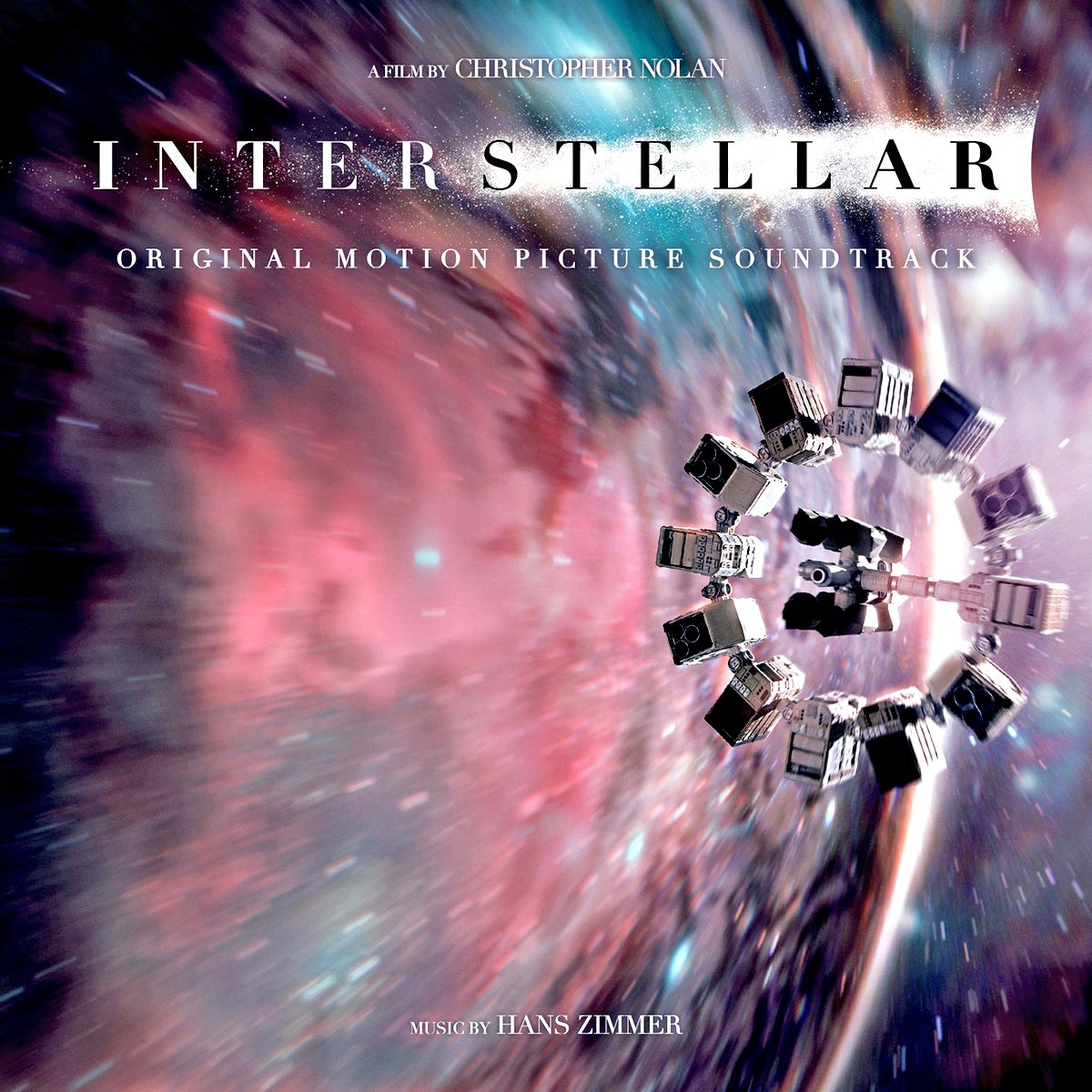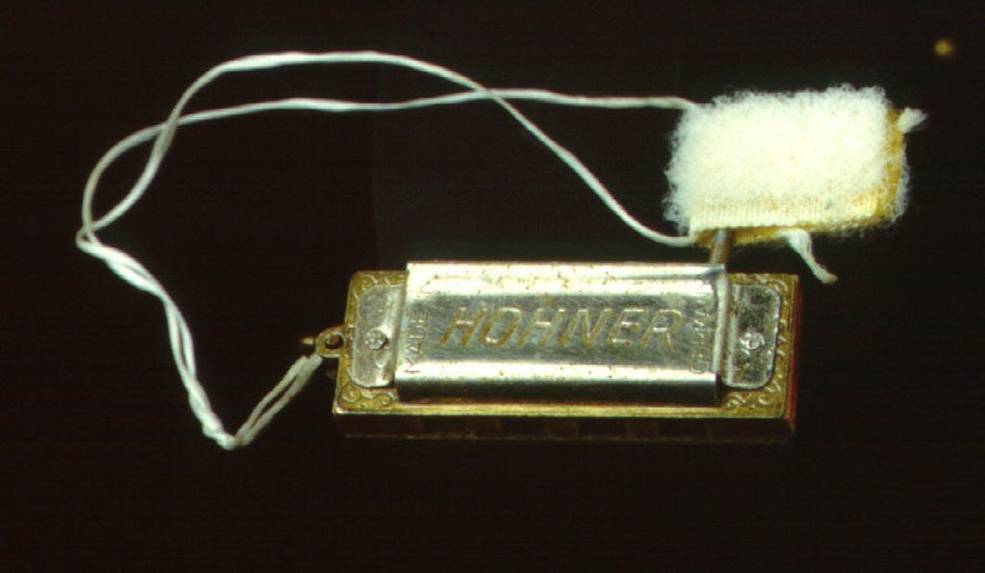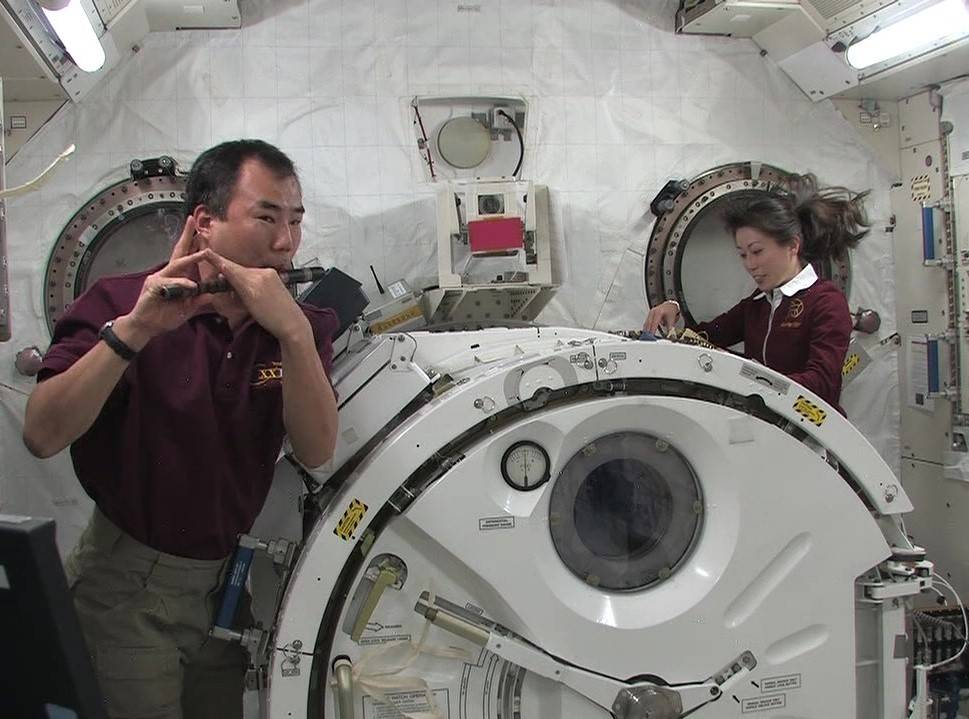Title: Space Music

Display Case

November 2023
Space Music
Books
Sounds of the Future by
Call Number: ML2075 .S685 2010John Williams's Film Music by
Call Number: ML410.W71335 A833 2014Holst by
Call Number: ML410.H748 G74 1995Alien Listening by
Call Number: ML3799.4 .C58 2021
Movie Music
In 2001: A Space Odyssey music was used as a major plot device. However, director Stanley Kubrick decided to not have a new score written for the film but rather use already existing classical music. The main theme song of this movie is the opening movement "Sunrise" of the tone poem Also Sprach Zarathustra by Richard Strauss. The final scene of the film is based on engineer Max Matthew's rendition of A Bicycle Built for Two (Daisy Bell) which was the earliest song sung by computer synthesis. (1) The movie had the computer system/artificial intelligence Hal perform the same song to replicate this.
(1) Mattis, O. (2001). Mathews, Max V(ernon). Grove Music Online. Retrieved 24 Oct. 2023

The music for Star Wars was composed by John Williams and is played by a symphony orchestra. The music commonly uses leitmotifs-over 60 of them- to represent different characters or events that are introduced throughout the franchise. He composed over 20 hours of music that was used in the 9 movies of the saga. In the music, you can hear influences from composers such as Wagner, Holst, Tchaikovsky, and Korngold. The Star Wars score is considered to be one of the best film scores ever composed.

Hans Zimmer wrote the score for this movie and was nominated for the Academy Award for Best Original Score and Grammy Award for Best Score Soundtrack for Visual Media. In Zimmer's compositions, he likes to use a hybrid orchestral approach which heavily uses synthesizers and sampling (1). When composing the score, director Christopher Nolan only gave Zimmer a one-page manuscript that online the major themes of the movie.
(1) Bowman, D. (2018, November 25). Zimmer, Hans Florian. Grove Music Online. Retrieved 26 Oct. 2023
Holst, The Planets

The Planets is a seven-piece orchestral work composed by Gustav Holst. He began composing the work in 1913 but didn't finish until 1917. Each movement is named after a different planet and based on their astrological character. Holst said, "the character of each planet suggested lots to me, and I have been studying astrology fairly closely". Interestingly, he did not order the movements in the astrological order closest to the sun but rather emphasized the musical difference between the characters. (1)
Planet Order and Characteristics:
Mars- The Bringer of War
Venus- The Bringer of Peace
Mercury- The Winged Messenger
Jupiter- The Bringer of Jollity
Saturn- The Bringer of Old Age
Uranus- The Magician
Neptune- The Mystic
(1) Matthews, C. (2001). Holst, Gustav(us Theodore von). Grove Music Online. Retrieved 24 Oct. 2023
Arias
"Song to the Moon" is an aria from Dvořák's opera Rusalka. The opera is similar to the fairy tale of "The Little Mermaid" as it is about a water nymph becoming human and losing her voice in order to be with the Prince she loves. This aria is sung by the title character Rusalka, where she begs the moon to tell the Prince that she loves him. (1)
(1) Smaczny, J. (2002). Rusalka (iii). Grove Music Online. Retrieved 26 Oct. 2023
"A Hundred Thousand Stars" is an aria from Jake Heggie's two-act opera Out of Darkness. The opera is based on the true story of two Holocaust survivors. In this aria, the character sings about members of the LGBTQ community who died during the Holocaust and compared them to stars in the night sky.
"O du mein holder abendstern" is an aria from Wagner's opera Tannhauser. It translates as "Song to the Evening Star" and is sung by Wolfram and is a homage to Venus as he asks the stars to guide his deceased beloved to heaven. (1)
(1) Millington, B. (2002). Tannhäuser (opera by Wagner). Grove Music Online. Retrieved 26 Oct. 2023
"E lucevan stelle" is an aria from the opera Tosca by Puccini. It is sung by the character Cavradossi when he's in jail and forced to write a goodbye letter to his lover, Tosca before he is executed. In this aria, he sings about missing the time in his life when "the stars were brightly shining" and he could be free with Tosca. (1)
(1) Budden, J. (2002). Tosca. Grove Music Online. Retrieved 26 Oct. 2023,
Music in Space


In the video below you can hear the first musical instruments played in space from 1965! The music is made from a harmonica and set of bells.

After many missions, psychologists realized that playing music in orbit improved the well-being of astronauts on long voyages (1). Astronaut's will sometimes bring their own instruments, although there is always some provided on board.
(1) NASA. (2023, September 13). Space station 20th: Music on ISS. NASA.